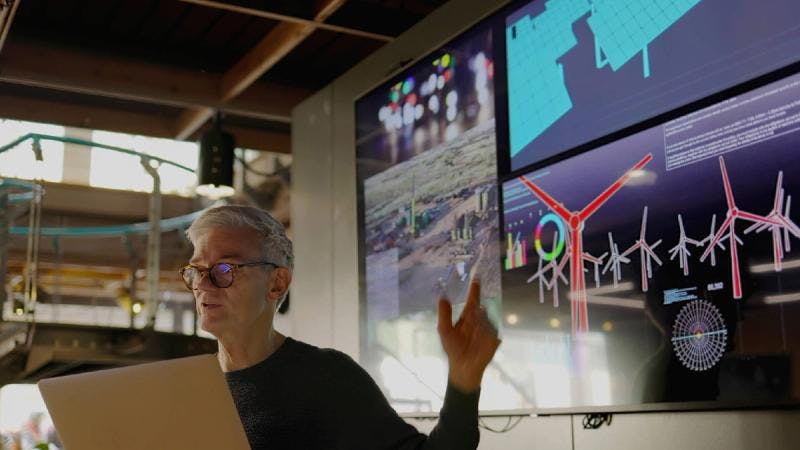The novel carbon dioxide removal (n-CDR) market scaled on the promise of permanence and, fittingly, scalability. Permanence, in that n-CDR was insulated from reversal; scalability, reflecting the belief that industrial technologies scale proportionally to capital investment. Essentially, n-CDR was perceived as an industrial solution to industrial atmospheric pollution.
The first wave of the n-CDR market was spearheaded by pioneers such as Climeworks. Founded in 2009, Climeworks raised $762 million by 2022; its flagship DAC (direct air capture) plant, Orca, captures 4,000 tonnes of CO2 annually – the equivalent of approximately 870 cars. While insignificant on a global scale, this proved that DAC could be operationalized.
DAC’s value derives from storage permanence. Captured CO2 is stored geologically; unlike nature-based solutions, which release carbon as part of the natural life cycle of vegetation – or fall prey to global warming-induced wildfires – DAC credits are a safe buy.
But DAC plants require massive upfront investment and subsequently command a huge premium – from $500 to $1,000 per tonne. The first major tranche of buyers, dominated by Microsoft, Google, Stripe and other profitable technology firms with climate ambitions, could eat these costs. They placed value on the marketing benefit of, essentially, investing in high-cost solutions for little in return. These buyers have now exhausted available supply into the 2030s.
Other organizations looking to offset in the name of net zero can’t and won’t purchase expensive engineered solutions. Biochar has stepped up to fill this gap. It is cheap to make and sequester – essentially burying charcoal – and is permanent for ‘long enough’; at the low end, biochar can last in soil for up to 100 years.
Over the past 12 months, biochar has exploded. Long-term prices, reflecting future purchases through offtake agreements, are already below $100 per tonne. And biochar buyers get their offsets fast; in 2023, 93% of all delivered credits were biochar. Requiring little technology investment – at least relatively speaking – biochar is a perfect compromise for the ‘second wave’ of CDR buyers.
The original pioneers of n-CDR face an existential crisis. They must compete economically with a product that is 10x cheaper, with better supply and global scalability – biochar can be produced and deposited globally. Two realistic options emerge: fund and sell their own biochar offsets, or abandon carbon removal and help emitters capture emissions from source.






